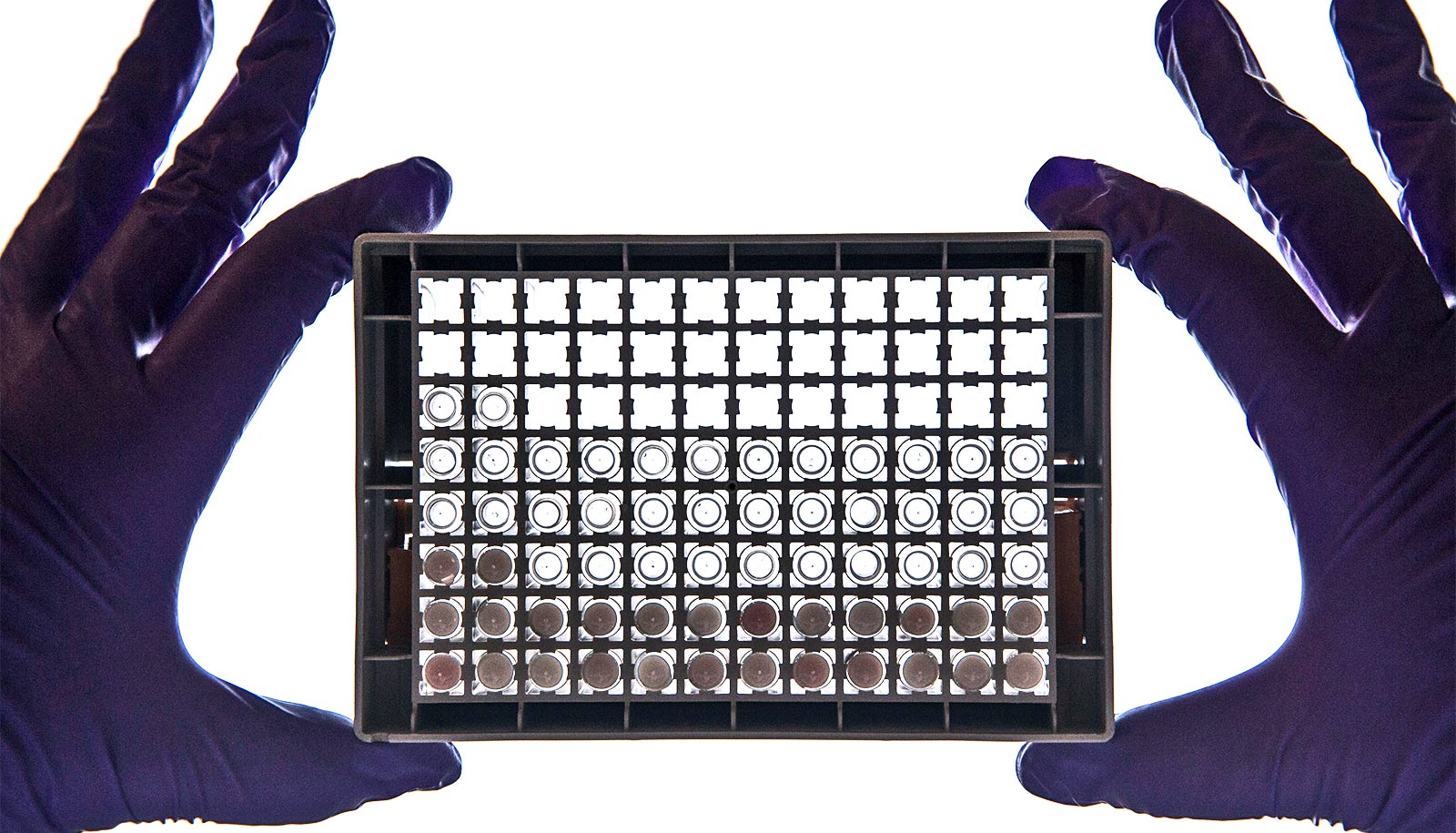Our cells replicate their DNA much more loosely than previously thought, researchers report.
The new finding might be useful for developing novel treatments against aggressive forms of cancers.
Cells can both survive and multiply under more stress than previously thought, the new research shows.
“…we might be at the birth of a whole new set of molecules that could be used in fighting cancer.”
The researchers made their discovery by inhibiting the essential gene DNA polymerase alpha, or POLA1, which initiates DNA replication during cell division.
“If we are visionaries, I would say that we might be at the birth of a whole new set of molecules that could be used in fighting cancer,” says Luis Toledo, an associate professor at the Center for Chromosome Stability at the Department of Cellular and Molecular Medicine at the University of Copenhagen.
“Basically, if we turn the finding on its head, this novel strategy aims at exploiting an in-built weakness in cancer cells and make them crash while they divide.”
Stress tolerance during DNA replication
When a cell divides, the double DNA strand opens lengthwise like a zipper being unzipped. The new double strands build on each of the separated strands, so that you gradually end up with two new “zippers.”
Before the new zipper halves form, a bit of DNA is temporally exposed in single stranded form. This process is necessary for the new zippers to form. Nevertheless, researchers have traditionally considered large amounts of single-stranded DNA to be a sign of pathological stress during cell proliferation.
However, the researchers behind the new study discovered that “DNA unzippers” act more loosely than expected. This can generate large amounts of single-stranded DNA, which the researchers now show is a form of natural stress that cells can actually tolerate in high quantities.
“When we make the cells generate single strand DNA faster than what they can protect, chromosomes literally shatter in hundreds of pieces…”
Still, for this tolerance to exist, cells require a sufficient amount of the protective protein RPA to cover the single-stranded DNA parts.
“We have seen that cells can duplicate their genome, even with large amounts of single stranded DNA. They can divide and go on living healthily because they have a large excess of RPA molecules that acts as a protective umbrella,” says first author Amaia Ercilla, a former postdoc at the University of Copenhagen.
“But there is a flip side of the coin. When we make the cells generate single strand DNA faster than what they can protect, chromosomes literally shatter in hundreds of pieces, a phenomenon we call replication catastrophe. We always thought that we could use this for instance to kill cancer cells,” she adds.
Fighting cancer
Both Ercilla and Toledo explain that under normal circumstances it is extremely difficult to deplete a cell’s reserve of RPA.
The same was true in the new study, when researchers used different types of chemotherapy to increase the amount of single-stranded DNA. Even when using the best compounds available so far it took around one hour to deplete the RPA reserve in a cell, provoking a replication catastrophe and the associated cell death.
However, the researchers believe they have found what Toledo calls “the ultimate single-stranded DNA generator.” When they used a so-called POLA1 inhibitor, the cells met their final destiny after just five minutes.
“Although no new DNA can be made when we inhibit POLA1, the DNA unzippers keep advancing and generate single-stranded DNA at very high speed,” says Toledo.
“All cells can be sensitive to POLA1 inhibitors, including cancer cells, and we might speculate that the strategy could be especially useful against very aggressive forms of cancer that proliferate at a high pace.”
Researchers will next try to find more molecules that biologically inhibit the POLA1 gene and which, in combination with other substances, they could use to treat cancer patients.
The research appears in Cell Reports.
Support for the study came from the European Research Council, the Danish National Research Foundation, and the Novo Nordisk Foundation.
Source: University of Copenhagen



